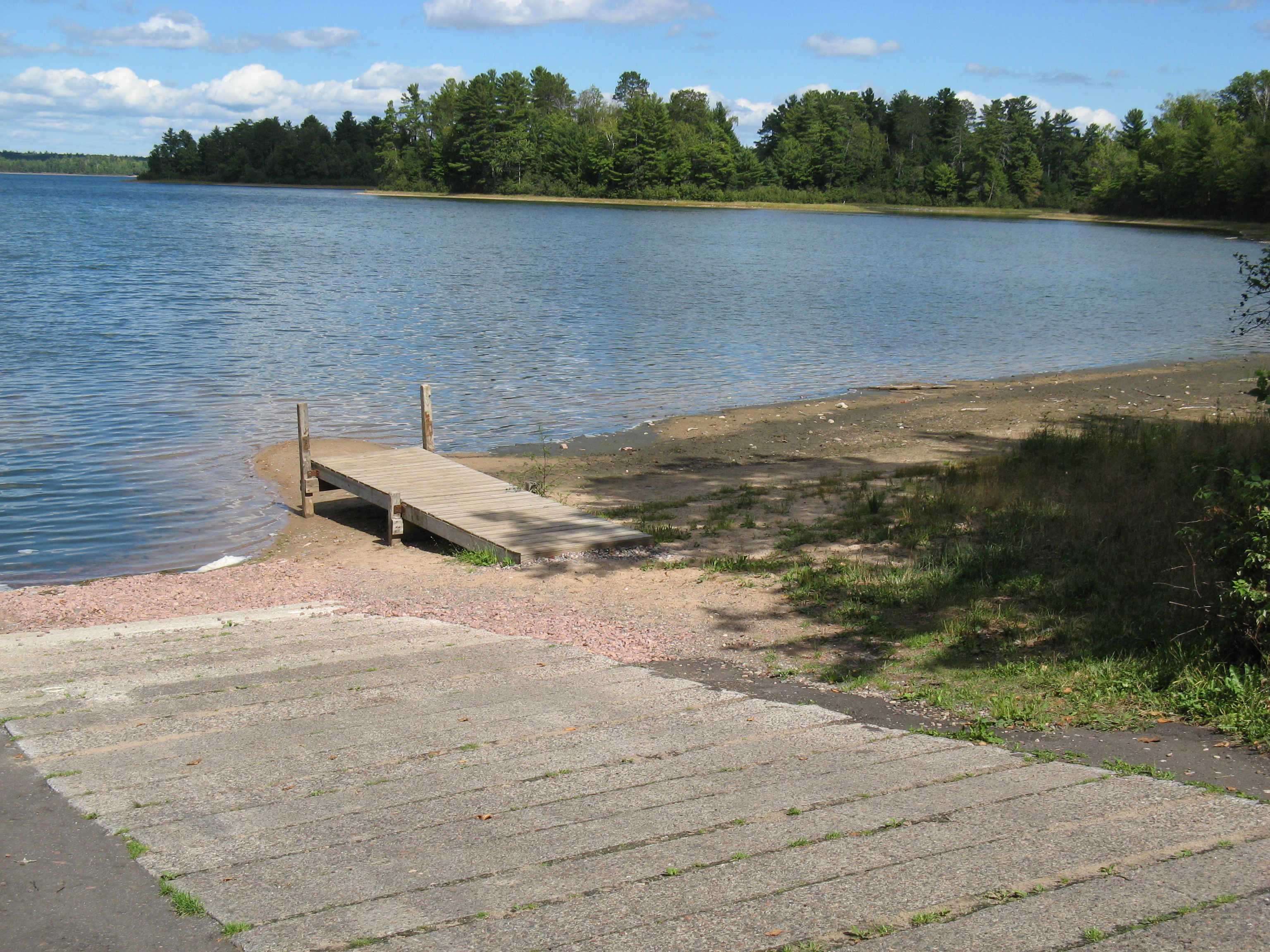Great Lakes Water Levels Are in Unusual Decline


The Great Lakes share a surprising connection with Wisconsin's small lakes and aquifers — their water levels all rise and fall on a 13-year cycle, according to a new study. But that cycle is now mysteriously out of whack, researchers have found.
"The last two decades have been kind of exceptional," said Carl Watras, a climate scientist with the Wisconsin Department of Natural Resources and the University of Wisconsin-Madison.
Water levels have been declining since 1998, Watras told Live Science. "Our lakes have never been lower than they are."
The research was published Jan. 21 in the journal Geophysical Research Letters.
According to 70 years of lake and aquifer records from northern Wisconsin, the states' small lakes usually rise and fall on a regular cycle — about six years up, and six years down. But since 1998, there has been only one brief uptick in levels, in 2002 through 2003).
Both the normal 13-year cycle and unusual recent downward trend are mirrored in the world's biggest freshwater water body, the linked Great Lakes of Michigan and Huron, Watras said.
"What that tells us is some hydrologic driver is operating on all of these lakes, and groundwater in the region, and controlling the water levels," Watras said.
Get the world’s most fascinating discoveries delivered straight to your inbox.
Earlier research uncovered a 12-year cycle of rising and falling lake levels in the Michigan-Huron lakes, as well as a shorter 8-year cycle. [The Great Lakes: North America's 'Third Coast']
"It is likely the same signal," said Janel Hanrahan, a climate scientist at Lyndon College in Vermont and lead author of the earlier studies, who was not involved in the new research. Hanrahan attributed the 8-year cycle to changes in precipitation during the winter months, and the 12-year cycle to precipitation changes during the summer.
Watras and his co-authors similarly link the long-term rise and fall in Wisconsin's lakes to an cyclic atmospheric pattern called the circumglobal teleconnection (CGT), a narrow, high-altitude wind similar to the jet stream. The pattern flows about 16,500 feet (5,000 meters) above the Midwest, bringing in moisture from the Gulf of Mexico.
Since the lake levels started their downward plunge in the late 1990s, the CGT's pattern has been stuck in a position that means less rainfall for Wisconsin, the study found. But evaporation also plays a role. Warmer-than-average winters since 1998 kept smaller lakes free of ice for longer time spans, allowing more water to escape through evaporation.
"The balance between precipitation and evaporation is key," Watras said.
The good news is that with this year's polar vortex icing the Great Lakes, combined with an early freeze in November that put a lid on small lakes, 2014 could be a better year overall for Wisconsin's lakes, Watras said.
"Our crystal ball is foggy," he said. "Things may return to normal, but we don't know. This year we are seeing lake levels and groundwater levels rise a little bit, but we don't know whether the uptick will be sustained or everything will continue to crash. At least now we have a history to look back on, and make comparisons."
Email Becky Oskin or follow her @beckyoskin. Follow us @OAPlanet, Facebook and Google+. Original article at Live Science's Our Amazing Planet.




